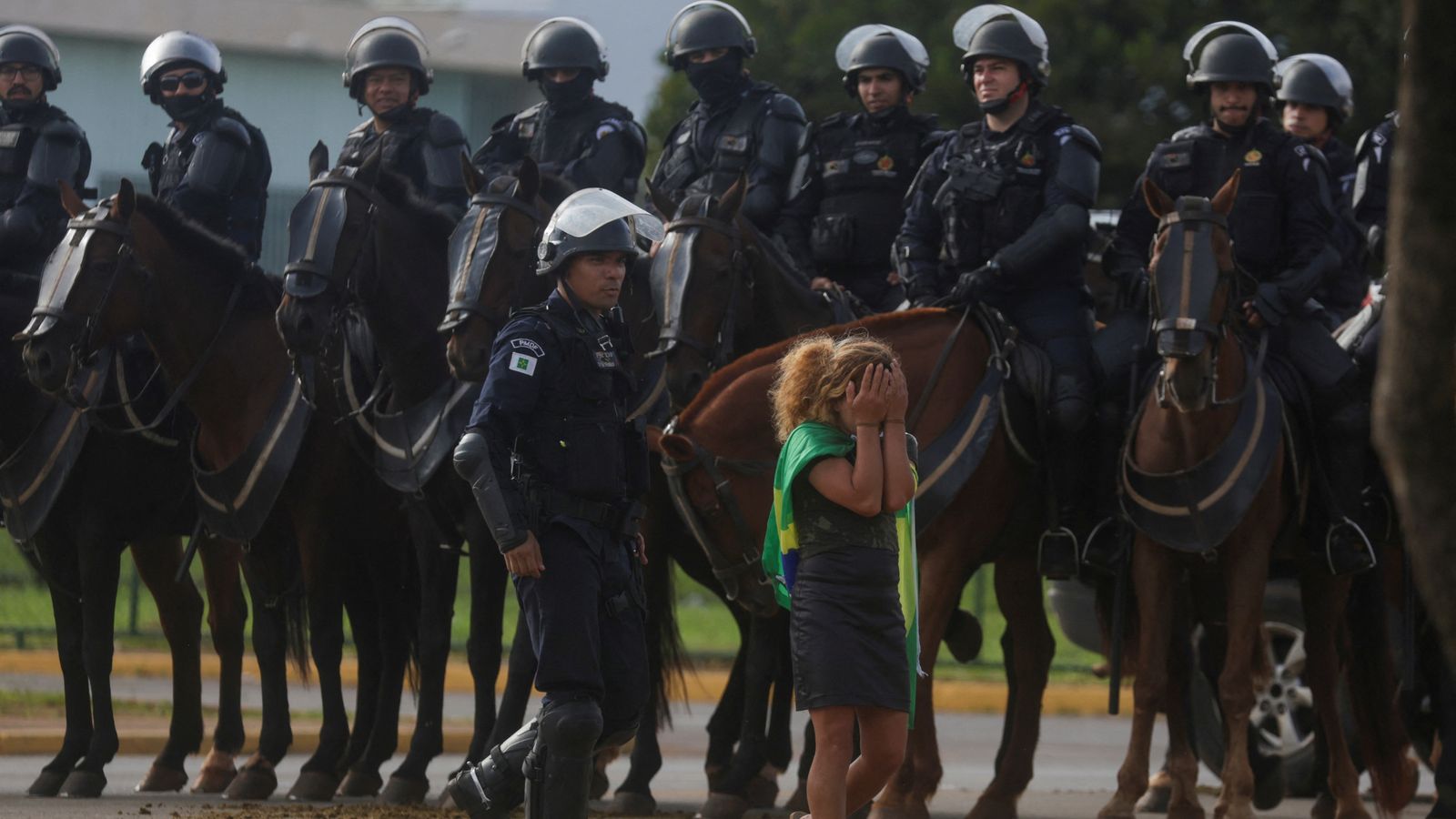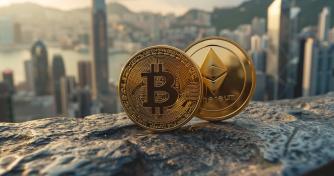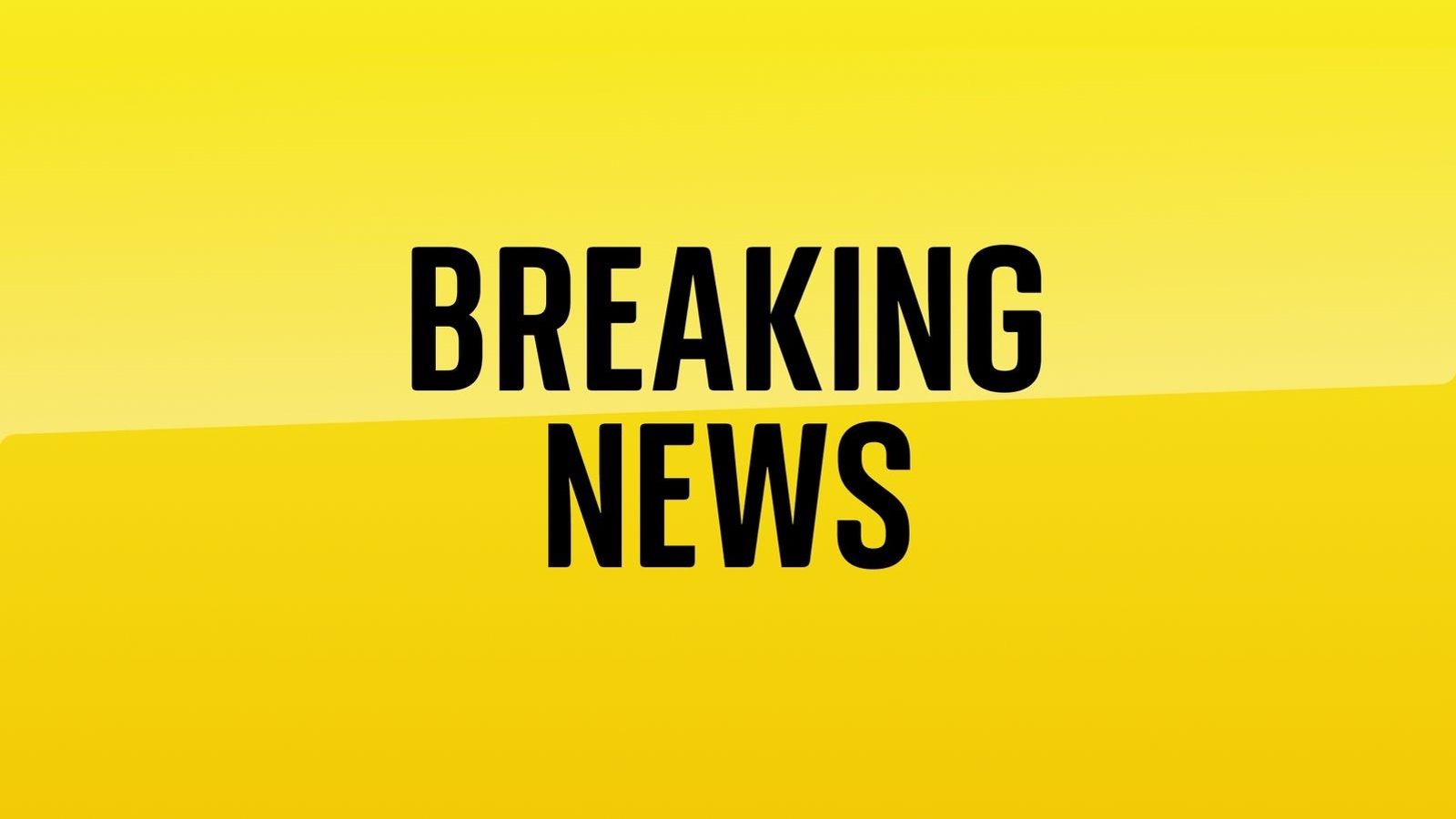More than 1,200 Jair Bolsonaro supporters have been detained following the invasion of Brazil’s Congress, presidential palace and Supreme Court.
Police began dismantling tents at a camp outside Brasilia’s army headquarters where Jair Bolsonaro supporters settled following the storming of the Capitol on Sunday.
Rioters were seeking military intervention to either restore the far-right Mr Bolsonaro to power or oust the newly inaugurated leftist Luiz Inacio Lula da Silva, known as Lula, who won the October election with just 50.9% of the votes.
Heavily armed and mounted police were seen lining up in front of the camp on Monday, according to witnesses, with some protesters on their knees praying.
Thousands of protesters, many draped in the yellow and green of the Brazil flag, left Congress, the presidential palace, the Supreme Court and ministries in a state of ruin.
Windows were broken, furniture toppled, doors ripped off their hinges, computers and printers thrown to the ground, and a massive Emiliano Di Cavalcanti painting in punctured in five places, striking similarities to the insurrection at the US Capitol two years ago.
Brazilian news channel GloboNews said all of the buildings have now been retaken by security forces, but according to the president’s communications minister, there are people still trying to block roads and access to refineries.
Brazil protests straight out of Trump playbook – but Bolsonaro and his supporters could be playing a longer game
Brazil riots: Who are the protesters – and why have they ransacked the country’s Capitol?
Brazil’s Lula says rioters will be ‘found and punished’ as Bolsonaro supporters invade government buildings
Please use Chrome browser for a more accessible video player
On Monday, the heads of Brazil’s three branches of government released a joint statement condemning what they called “terrorist acts” and vowed to protect democracy.
Signed by Lula, acting Senate President Veneziano Vital do Rego, Lower House Speaker Arthur Lira and Chief Justice Rosa Weber, the statement read: “We are united so that institutional measures are taken under the terms of Brazilian laws.”
They also called “serenity and peace”.
Justice Minister Flavio Dino said police have begun tracking those who paid for the 100 buses that transported protesters to the capital, adding that they will “not succeed in destroying Brazilian democracy”.
“We need to say that fully, with all firmness and conviction. We will not accept the path of criminality to carry out political fights in Brazil. A criminal is treated like a criminal,” he said.
Protesters will be punished ‘with full force of law’
Lula travelled from Sao Paulo, where he was visiting on an official trip, to Brasilia to tour the Supreme Court building to see the damage for himself.
He branded protesters “fascists and fanatics” saying they would be punished “with the full force of law”, before accusing Mr Bolsonaro of being a “genocidist” who is encouraging this via social media from Miami, Florida, where he took up temporary residence two days before Lula’s inauguration on 1 January.
“Everybody knows there are various speeches of the ex-president encouraging this.”
Did Bolsonaro fuel the rallies?
In a tweet reacting to the protest, Mr Bolsonaro wrote that peaceful demonstrations were a part of democracy but that any invasion of public buildings “crosses the line”.
He said he “repudiates” Lula’s accusations, yet in the months that followed Mr Bolsonaro’s electoral defeat, he had been stoking belief among his hardcore supporters that the country’s electronic voting system was prone to fraud – though there was never any evidence presented to support this claim.
Eduardo Bolsonaro, Mr Bolsonaro’s son, also held several meetings with former US president Donald Trump, Mr Trump’s long-time ally Steve Bannon and his senior campaign adviser, Jason Miller.
Although the Bolsonaro administration has not directly opposed the transition of power, the far-right leader has yet to concede or congratulate his opponent.






